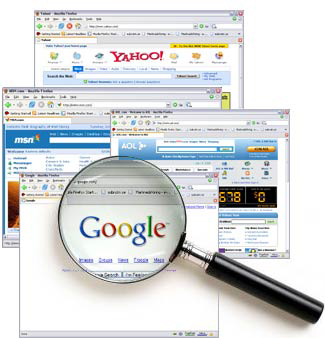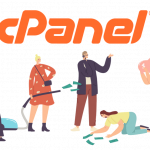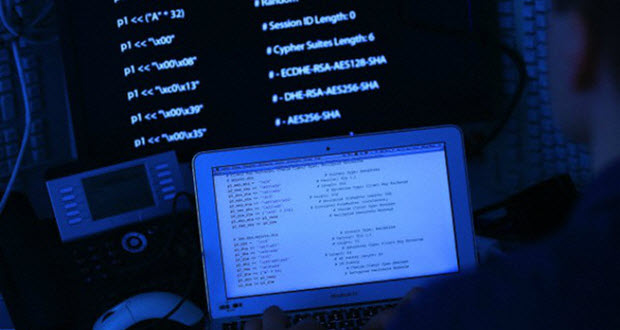 Internet usage increased by 9% in Australia last year but did not affect the use of other media due to Aussies’ knack for multi-skilling. Nielsen’s 2010 Internet & Technology Report, released this week, stated that the average Australian internet user spent 17.6 hours per week online in 2009. In 2008 they were on for 16.1 hours, and 13.7 hours in 2007. 93% use the internet at home.
Internet usage increased by 9% in Australia last year but did not affect the use of other media due to Aussies’ knack for multi-skilling. Nielsen’s 2010 Internet & Technology Report, released this week, stated that the average Australian internet user spent 17.6 hours per week online in 2009. In 2008 they were on for 16.1 hours, and 13.7 hours in 2007. 93% use the internet at home.
The growth was caused partly by quicker broadband, but also the popularity of social media. Facebook, for instance, accounted for 21% of internet use.
The heaviest users are those aged 16 to 29 years (average of 22 hours per week), compared to 30 to 49 year olds (18.2 hours) and the over-50s (15.5 hours). In fact the over 50s now spend almost as much time online as they do watching television (15.5 hours compared to 15.6 hours respectively).
More males spend time online (19.2 hours versus the 16.1 hours per week by females) and metropolitan users say they get as much news from the net as from television.
49% watch television and use the internet at the same time. 39% listen to radio simultaneously. Nielsen says TV viewing is up by 30 minutes to 13.4 hours — contrary to OzTam findings, through a different methodology, that TV viewing is down. The time spent listening to radio rose to 9.3 hours from 8.8 hours. They were also reading more books (5.6 hours a week last year, compared to 5.1 hours the year before), news (3.2 hours, up from 2.8 hours) and magazines (two hours a week, same as in 2008).
The growth of podcasts and internet radio did not add to the time people spent on the net. In fact, time spent on internet radio fell to 4.1 hours from 4.9 hours in 2008. Accessing the internet via mobile phones is also becoming less popular: it’s fallen to 4.1 hours from 4.9 hours.
Matt Bruce, managing director of Nielsen’s online, said: “Changes to the Australian media landscape in recent years such as the introduction of Freeview TV, digital radio and PVR/DVRs (personal video recorder/digital video recorder) mean consumers have more options and flexibility in their media choices than ever before. This is reflected in the growth of hours spent across a range of media and the popularity of media multi-tasking.”










Recent Comments